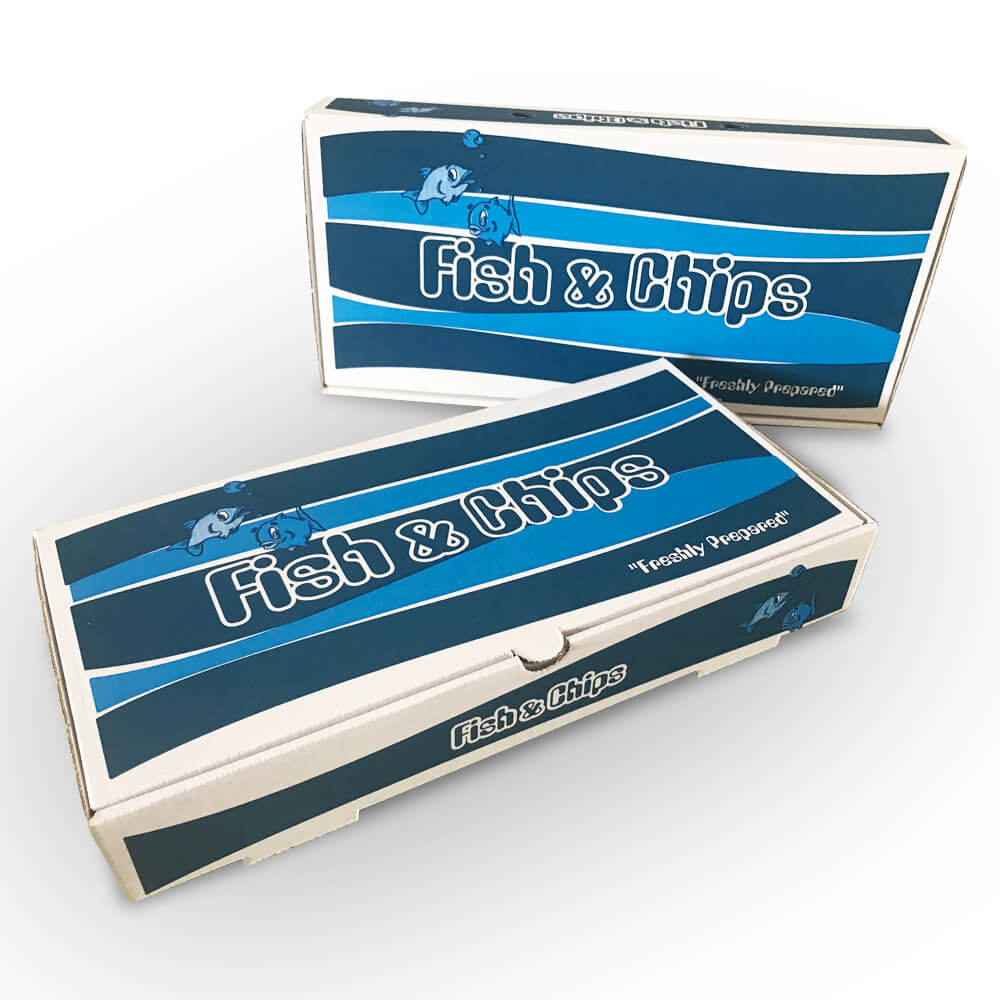The Evolution and Benefits of Roll Pack Technology
In recent years, packaging technology has undergone significant transformations, leading to innovations that streamline both production processes and consumer experiences. Among these advancements, roll pack technology stands out as a particularly efficient and versatile packaging solution. This method offers numerous benefits for manufacturers, retailers, and consumers alike, reflecting a broader trend towards sustainability and convenience in packaging.
Roll pack packaging is characterized by its continuous roll format, allowing for easy application and efficient use of materials. This method is frequently employed in various industries, ranging from food to pharmaceuticals, and even in the textile sector. The ability to produce packaging materials in one continuous roll reduces waste and minimizes the overall environmental impact, making it a preferable choice for many businesses aiming to adopt sustainable practices.
One of the most significant advantages of roll pack technology is its efficiency in production and logistics. Traditional packaging often requires multiple steps, including cutting, folding, and sealing, which can be time-consuming and costly. In contrast, roll pack systems streamline this process. The machine can unwind the roll, cut it to the desired lengths, and form the packaging in a single operation. This not only speeds up production but also reduces labor costs, allowing companies to allocate resources more effectively.
Moreover, roll pack technology offers enhanced flexibility in packaging design
. Manufacturers can customize the dimensions and shapes of the packaging to fit specific products, reducing excess space and waste. This flexibility is particularly valuable in industries where products come in various shapes and sizes, as it enables companies to optimize their packaging for each item, ultimately enhancing product protection and minimizing transportation costs.roll pack

For consumers, roll pack technology translates into convenience and functionality. Products packaged in roll format are often easier to open and reseal, enhancing the user experience. Additionally, the compact nature of roll pack products allows for efficient storage, making it easier for consumers to manage their purchases at home. Whether it’s sliced cheese in a roll pack or pharmaceuticals in easy-to-access blister packs, consumers appreciate the practicality that roll packing provides.
Another notable aspect of roll pack technology is its contribution to reducing environmental footprints. As companies face increasing pressure from consumers and regulatory bodies to adopt sustainable practices, roll pack technology presents a viable solution. By minimizing the amount of packaging material needed and improving the efficiency of production processes, this method helps companies reduce overall waste. Moreover, the use of recyclable or biodegradable materials in roll pack packaging aligns with the growing trend of eco-friendly solutions.
From a marketing perspective, roll pack packaging offers unique branding opportunities. The continuous surface of roll packs allows for striking designs and clear messaging that can effectively capture consumer attention on the shelves. Companies can leverage this space to communicate their brand values, product benefits, and sustainability efforts, ultimately driving customer engagement and loyalty.
In conclusion, roll pack technology represents a significant advancement in the packaging industry, providing numerous advantages that cater to the demands of modern consumers and businesses. Its efficiency, flexibility, and sustainability make it an enticing option for manufacturers looking to optimize their operations while minimizing environmental impact. As the industry continues to evolve, it is likely that roll pack technology will play an increasingly vital role in shaping the future of packaging, helping companies meet both consumer and environmental needs effectively. With a commitment to innovation, the possibilities for roll pack applications are boundless, paving the way for a greener and more efficient future.



